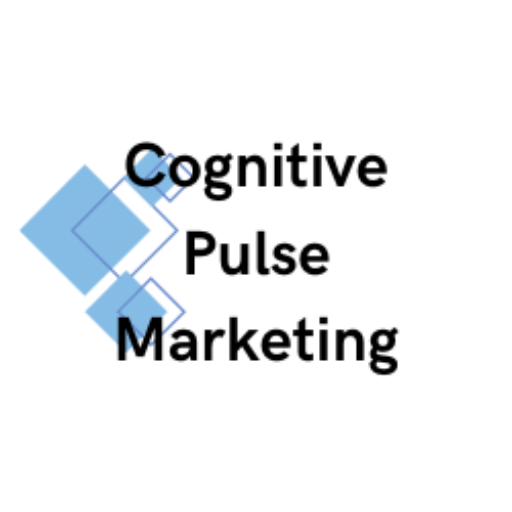When your practice slows down, it can feel like the walls are caving in around you. You start worrying about how to cover payroll, pay rent, and keep your business afloat. But don’t panic—slow seasons happen. And the good news? There are real, effective strategies to get things moving again without breaking the bank.
That said, you’ll need a database of people who have inquired about your services in the past. If you don’t have one, don’t worry—I’ll give you alternative options. They just might require a bit more investment.
Tips
Make Booking Effortless – Whether it’s from an ad, a workshop, or a follow-up call, remove friction—have an easy online scheduler and offer an incentive to book now.
Reactivate Old Leads (Your First Step, No Exceptions)
Before anything else, you need to run a reactivation campaign.
This means reaching out to past leads who never became clients. Maybe they didn’t have the time, couldn’t afford it, or weren’t sure therapy was right for them. That was then—this is now.
A well-structured reactivation campaign reminds them that you exist and gives them a nudge to reconsider. Here’s how to do it:
- Set Up an Automated Nurture Sequence
- Send at least 8 emails over 10–14 days.
- Follow this cadence:
- 1 email per day for 3 days.
- 1 email every other day for 4 days.
- Space out the last 2 emails by 3 days.
- Follow Up with Phone Calls
- Automation is great, but personal touch is better.
- Call each lead at least 4 times—at different times of the day.
- Don’t jump into a sales pitch. Instead, have a conversation. Ask how they’re doing. See if their situation has changed.
Remember: A lead isn’t truly lost until they tell you to leave them alone.
2. Host a Workshop (Only After Running Your Reactivation Campaign)
If you’ve already reached out to past leads and need another push, workshops are a fantastic way to engage people without feeling salesy.
💡 Pro tip: If possible, host the workshop in-person. If that’s not an option, a webinar works too.
How to Structure Your Workshop:
- Choose a relevant topic, but don’t overthink it. Stress management or anxiety management are solid choices.
- Send an invite to everyone in your database—past clients, leads, even people who completed therapy.
- Ask attendees to invite one person who might benefit from the workshop.
How Many Attendees Do You Need?
If five people show up, you have a strong chance of converting two to three into paying clients. Aim for 12–20 attendees. Any more, and you may not have enough time for everyone.
The Most Important Step: Ask for the Sale
These attendees just spent an hour with you. They trust you. They’re interested in what you have to say. Don’t let them leave without next steps.
Make booking their first session as easy as possible—offer a limited-time promotion or have them sign up on the spot.
If You Don’t Have a Strong Database, You’ll Need to Advertise
If you don’t have a list of past leads, your best option is paid marketing.
I know that’s probably not what you want to hear, but it’s the fastest way to bring in new clients when your pipeline is empty.
Here’s what I recommend:
🔹 Run an ad promoting your services (Google Ads is ideal).
🔹 Or run an ad for your workshop (Facebook is great for this).
🔹 Start with $15/day—enough to generate leads without overspending.
If you need quick results, Google Ads is your best bet. People searching for therapy are actively looking for help, meaning they’re ready to book.
Tips
Leverage Your Existing Clients – Ask satisfied clients if they know anyone who could benefit from therapy. A personal recommendation is more powerful than any ad.
Encourage Referrals from Current & Past Clients
A simple, no-cost way to get more clients? Ask your existing ones for referrals.
You don’t need to be pushy—just mention it in conversation:
“If you know anyone struggling with [issue], I’d love to help them, too.”
Over time, this will build a referral ecosystem where happy clients naturally bring in more business.
What Not to Do (at Least, Not Right Now)
These strategies aren’t bad, but they’re not ideal when you need fast results:
🚫 Mailers (Postcards & Flyers) → Expensive, and don’t perform as well as digital ads.
🚫 Organic Social Media → Huge time commitment, low return in the short term.
🚫 Search Engine Optimization (SEO) → SEO is powerful, but it’s a long game. You need revenue now, not 6 months from now.
These approaches can work, but not when your practice is struggling. Focus on immediate revenue first—then build long-term strategies later.
Where to Start
1️⃣ If you have past leads: Run a reactivation campaign. Call, email, and follow up.
2️⃣ If you have an audience: Host a workshop to convert warm leads into paying clients.
3️⃣ If you have neither: Invest in Google Ads to bring in new leads immediately.
4️⃣ Encourage referrals from current clients for zero-cost marketing.
Most importantly—take action. A slow practice isn’t a dead practice. You just need the right moves to get things flowing again. 🚀
Ready to take your therapy practice to the next level? At Cognitive Pulse Marketing, we specialize in helping therapists grow their practices with tailored marketing strategies, from website optimization to SEO and beyond. Contact us today for a free consultation and see how we can help you attract more clients and build a thriving practice.
